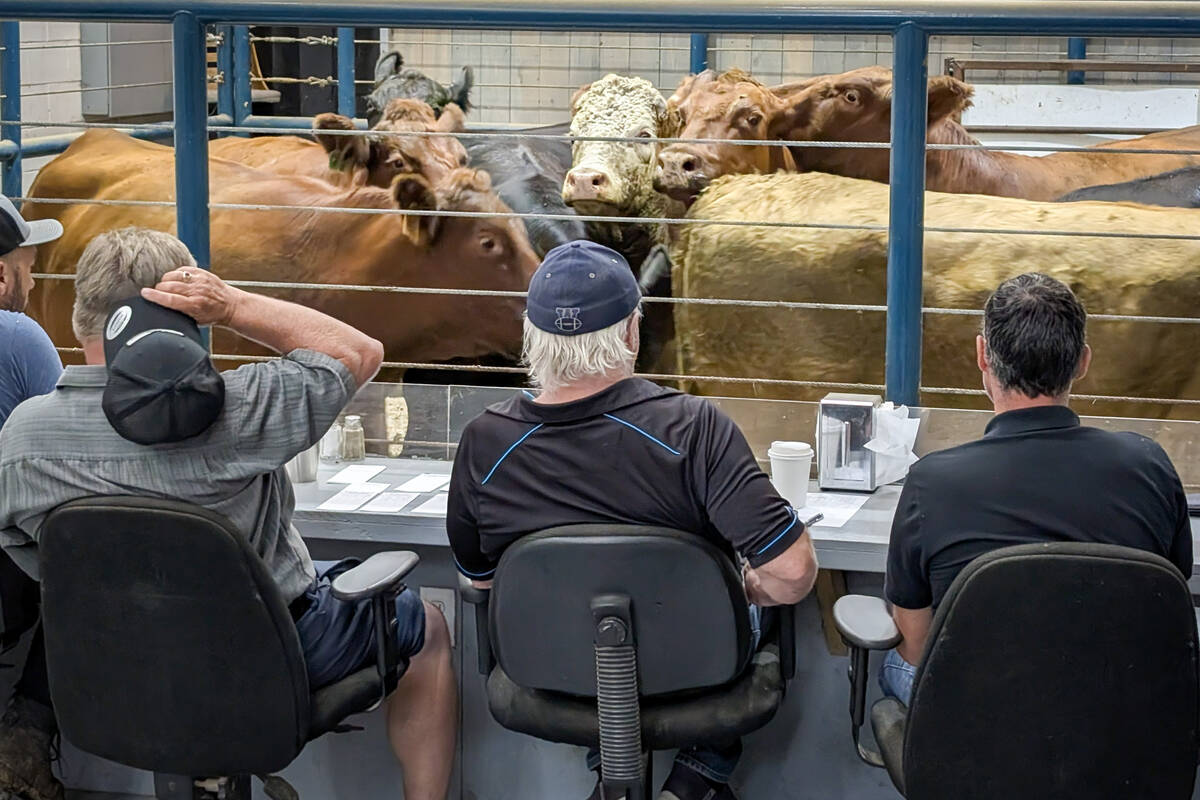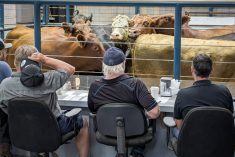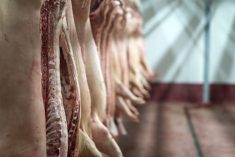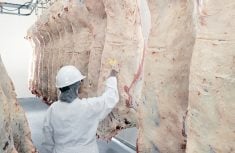Western Canadian feeder cattle prices jumped $3/cwt to $5/cwt last week following the previous advances of U.S. markets. Overall sale numbers were slightly higher at certain locations but most auction barns remain in holiday mode in Western Canada. Weakness in new-crop barley prices and stronger fed cattle values in the final quarter has set a positive tone for the replacement market.
A small group of mixed steers weighing near 750 pounds were based at $154/cwt landed in a Lethbridge area feedlot. A larger group of mixed heifers with no special feature weighing just under 800 pounds were quoted at $132/cwt in the same region. In central Alberta, steers averaging 925 pounds sold for $140/cwt. The market for lighter weight cattle was not well established due to limited availability. Alberta packers were buying fed cattle in the range of $119/cwt to $120/cwt last week which is about $3/cwt below breakeven values for many closeouts in southern Alberta.
Read Also

Klassen: Weaker fed market weighs on feeder cattle prices
For the week ending November 8, Western Canadian feeder cattle markets traded $10-$20/cwt below values from seven days earlier. Some…
U.S. feeder markets were generally $3/cwt to $4/cwt higher last week with a strong appetite for yearling grass cattle. The USDA reported 918 pound steers sold for $148/cwt in Nebraska. Feeder cattle prices are definitely in a new price structure due to lower feedgrain values.
Look for feeder cattle prices to continue the upward trend into the main yearling run. Recent warm temperatures have accelerated barley development and in 30 days, new-crop stocks will start to come on the market. Fed cattle prices for October through December are trading at a $8/cwt premium over nearby values so it appears we will see feedlots recover some equity in the latter half of 2013. Macroeconomics are also supportive for feeder cattle prices with equity markets trading at all-time highs and stronger energy values. Higher consumer confidence levels should bode well for increased restaurant traffic longer term.
— Jerry Klassen is a commodity market analyst in Winnipeg and maintains an interest in the family feedlot in southern Alberta. He writes an in-depth biweekly commentary, Canadian Feedlot and Cattle Market Analysis, for feedlot operators in Canada. He can be reached by email at [email protected] for questions or comments.













